Author: Brian Hall
A goal of many modern brewers, particularly those with a penchant for IPA, is to extract as much character from hops as possible, which has led to the development of a multitude of methods. Recent research indicating a likely point of diminishing returns when it comes to hopping rates has forced brewers to reconsider the idea that “more is more” and seek unique ways to maximize hop character without increasing hop usage.
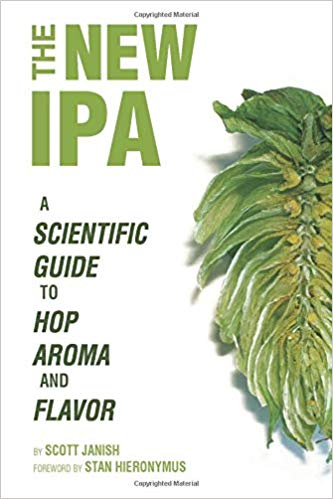 In his book The New IPA: A Scientific Guide To Hop Aroma And Flavor, Scott Janish touches on various methods for getting the most out of hops, one of which involves using a product called Rapidase Revelation Aroma. Commonly used by wine makers as a means of intensifying aromatics, the manufacturer claims Rapidase Revelation Aroma “contains both α and β-glycosidase activities to breakdown glycosylated aroma precursors,” which some contend may also lead to better extraction of aromatic compounds when dry hopping.
In his book The New IPA: A Scientific Guide To Hop Aroma And Flavor, Scott Janish touches on various methods for getting the most out of hops, one of which involves using a product called Rapidase Revelation Aroma. Commonly used by wine makers as a means of intensifying aromatics, the manufacturer claims Rapidase Revelation Aroma “contains both α and β-glycosidase activities to breakdown glycosylated aroma precursors,” which some contend may also lead to better extraction of aromatic compounds when dry hopping.
I brew a lot of IPA and am very interested in ways to increase hop character that don’t require adding more actual hops to the beer. With enough syllables to sound scientific, and thirsting for a fresh batch of hoppy IPA, I picked up some Rapidase Revelation Aroma to test out for myself.
| PURPOSE |
To evaluate the differences between an IPA made with Rapidase Revelation Aroma and one made without the product.
| METHODS |
In preparation for this xBmt, I reached out to Scott Janish for advise on how best to use Rapidase Revelation Aroma and he suggested adding it at the same time as the dry hop charge toward the tail end of fermentation. With that in mind, I designed a simple West Coast IPA recipe.
Technological Difficulties
Recipe Details
| Batch Size | Boil Time | IBU | SRM | Est. OG | Est. FG | ABV |
|---|---|---|---|---|---|---|
| 5.5 gal | 60 min | 70.7 IBUs | 5.6 SRM | 1.064 | 1.016 | 6.3 % |
| Actuals | 1.064 | 1.01 | 7.2 % | |||
Fermentables
| Name | Amount | % |
|---|---|---|
| Pale Malt (2 Row) US | 8.312 lbs | 62.74 |
| Oats, Malted | 2.25 lbs | 16.98 |
| Metolius Munich Style Malt (Mecca Grade) | 1.5 lbs | 11.32 |
| Vienna Malt | 1.187 lbs | 8.96 |
Hops
| Name | Amount | Time | Use | Form | Alpha % |
|---|---|---|---|---|---|
| Magnum | 12 g | 60 min | Boil | Pellet | 12 |
| Cascade | 20 g | 20 min | Boil | Pellet | 6.8 |
| El Dorado | 20 g | 20 min | Boil | Pellet | 15 |
| Medusa | 20 g | 20 min | Boil | Pellet | 4.5 |
| Cascade | 29 g | 5 min | Boil | Pellet | 6.8 |
| El Dorado | 29 g | 5 min | Boil | Pellet | 15 |
| Medusa | 29 g | 5 min | Boil | Pellet | 4.5 |
| Cascade | 29 g | 1 min | Boil | Pellet | 9.3 |
| Medusa | 29 g | 1 min | Boil | Pellet | 4.5 |
| El Dorado | 20 g | 1 min | Boil | Pellet | 15 |
| Medusa | 67 g | 6 days | Dry Hop | Pellet | 4.8 |
| Cascade | 48 g | 6 days | Dry Hop | Pellet | 5.5 |
| Citra | 37 g | 6 days | Dry Hop | Pellet | 12 |
Notes
| Water Profile: Ca 117 | Mg 3 | Na 10 | SO4 84 | Cl 168 |
Download
| Download this recipe's BeerXML file |
I started my brew day by collecting the water, adjusting it to my desired profile, then using a combination of propane and a heat stick to warm it up.
Next, I weighed out and milled the grain for this 24 gallon/90 liter batch that would actually be split 4 ways.
Once the water was properly heated, I incorporated the grist then checked to make sure it hit my target mash temperature.
While waiting on the mash, I prepared the kettle hop additions.
When the 60 minute mash rest was complete, I sparged to collect the expected pre-boil volume of sweet wort then brought it to a rolling boil.
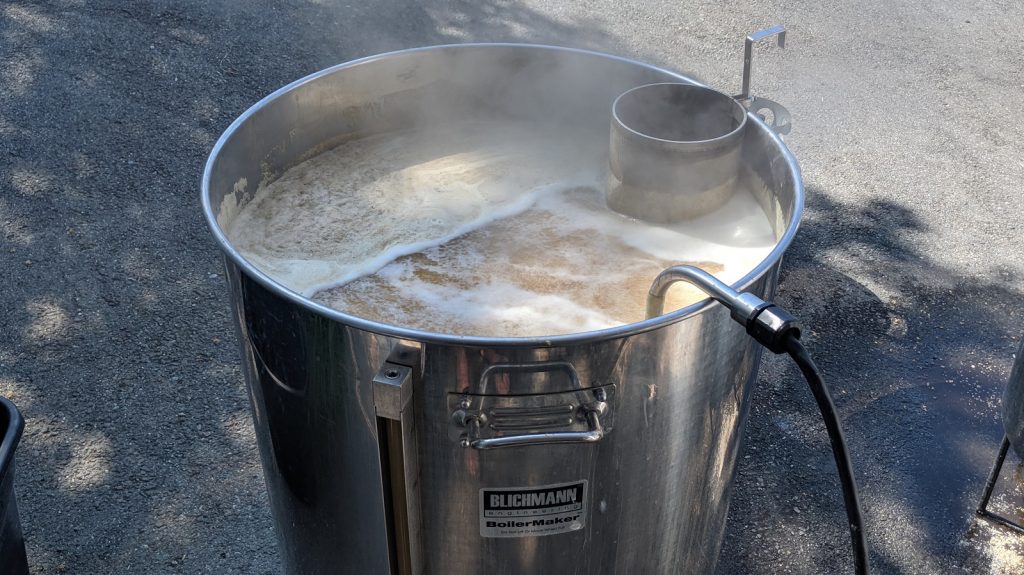
Following the 60 minute boil, I quickly chilled the wort before taking a hydrometer measurement showing it was at the target OG.
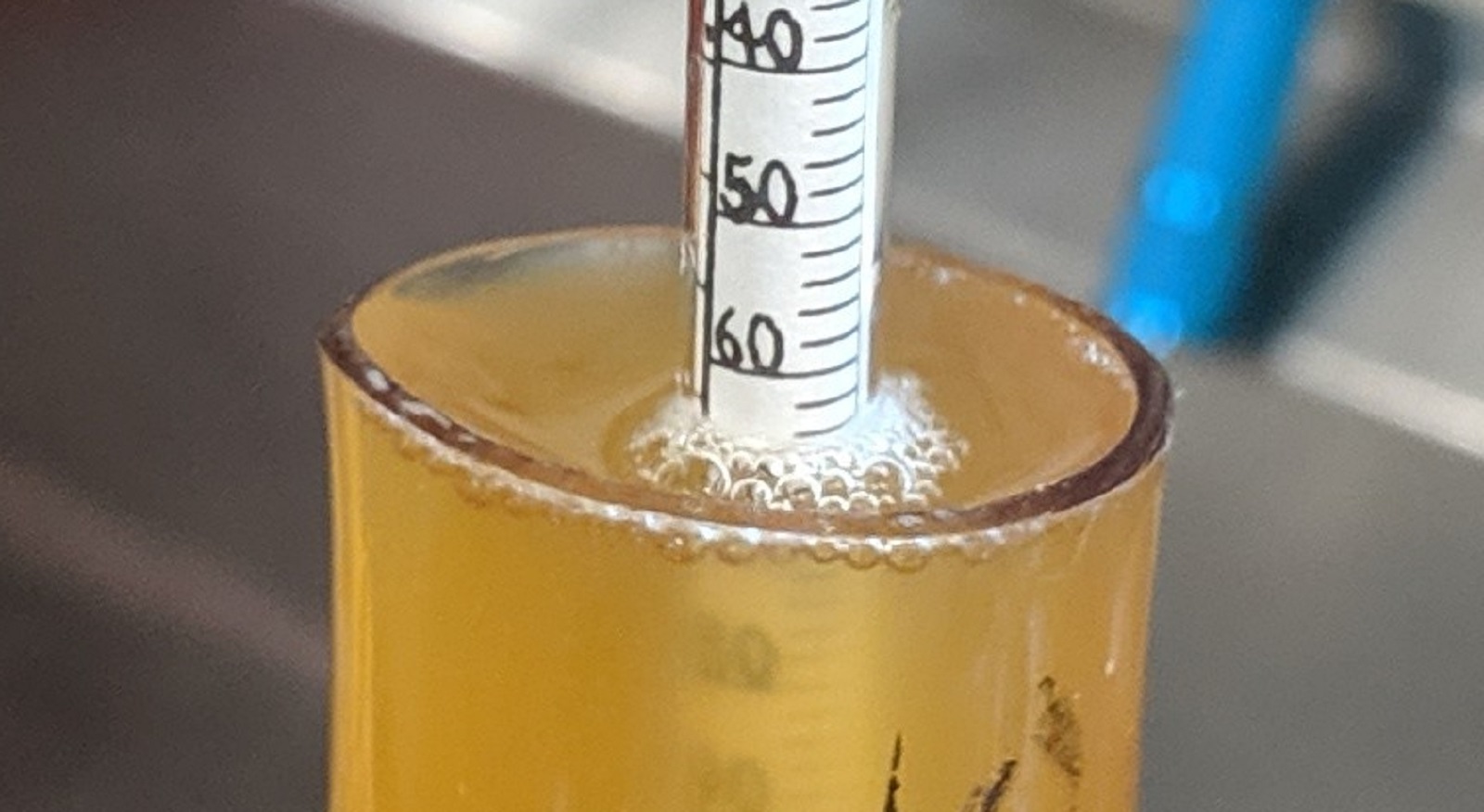
Identical volumes of wort were racked to separate sanitized Brew Buckets that were placed next to each other in my chamber controlled to 66°F/19°C, at which point I pitched a single pouch of Imperial Yeast A31 Tartan into each batch.
After 4 days of fermentation, activity began dwindling, so I added the dry hops to both batches while just one beer received 0.5 grams/0.018 oz of Rapidase Revelation Aroma.
I left the beers alone for 6 more days before taking hydrometer measurements confirming they’d reached the same target 1.010 FG, after which they were pressure transferred to CO2 purged kegs.
The filled kegs were placed in my keezer, burst carbonated, and allowed to condition for a couple weeks before I began serving them to tasters.
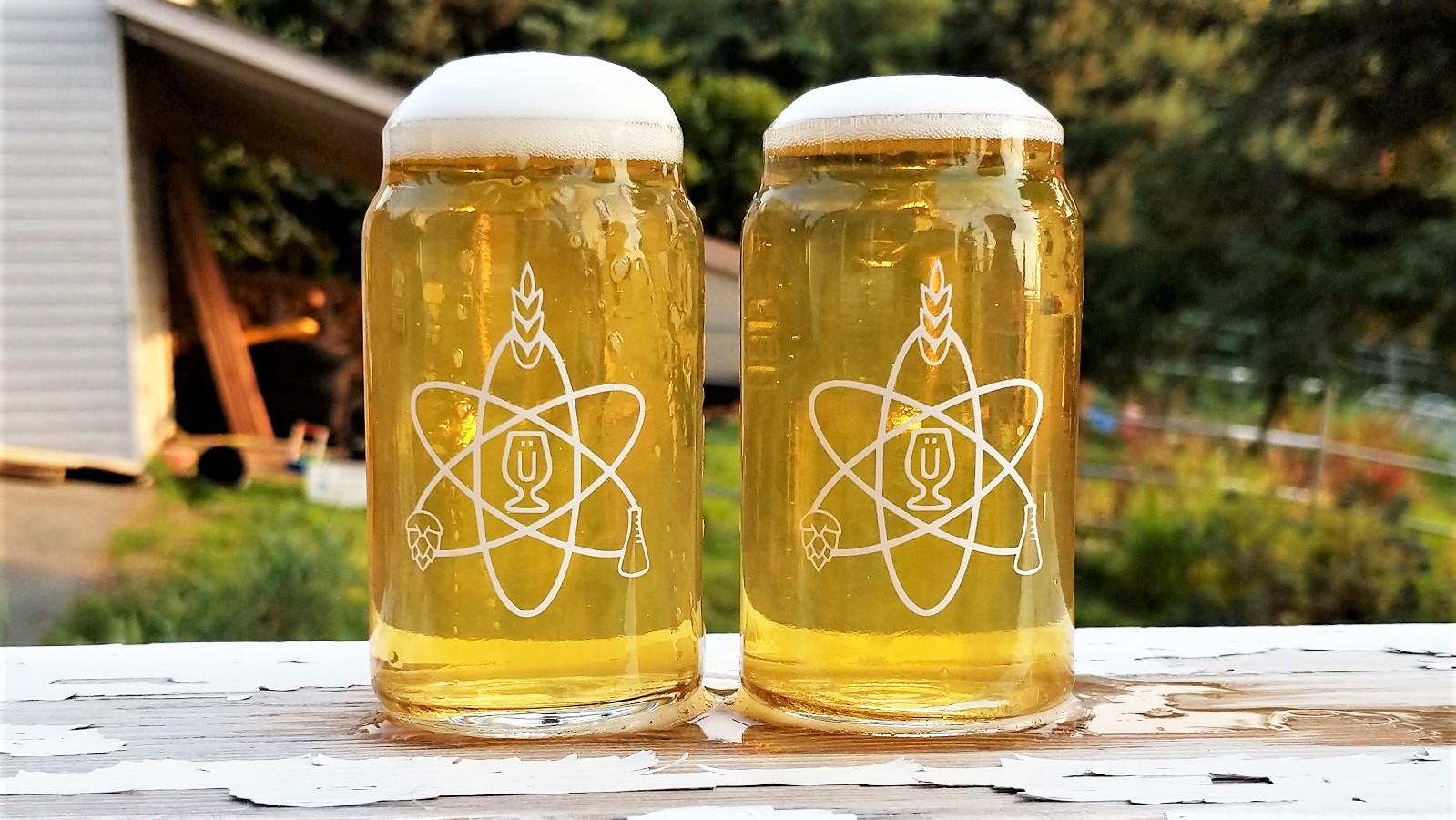
| RESULTS |
A total of 21 people of varying levels of experience participated in this xBmt. Each participant was served 1 sample of the untreated beer and 2 samples of the beer treated with Rapidase Revelation Aroma in different colored opaque cups then asked to identify the unique sample. While 12 tasters (p<0.05) would have had to accurately identify the unique sample in order to reach statistical significance, only 7 (p=0.58) did, indicating participants in this xBmt were unable to reliably distinguish an IPA with Rapidase Revelation Aroma at the time of dry hopping from an untreated version of the same beer.
My Impressions: I attempted numerous semi-blind triangle tests and was unable to pick the unique sample with any consistency, the beers were identical to me in every way. The beer itself was a hit! I kept this one around a bit longer than usual, over 2 months, anthe hop aroma and flavor held up nicely the entire time.
| DISCUSSION |
Much of the discussion surrounding exogenous enzymes in brewing is focused on their ability to encourage attenuation, which is why brewers use them for styles like Brut IPA. The idea that enzymes could be used to increase dry hop character, specifically Rapidase Revelation Aroma as laid out in Scott Janish’s The New IPA, offers the exciting prospect of amplifying desirable hop aroma and flavor without adding more actual hop material. However, tasters in this xBmt were unable to distinguish a beer dosed with Rapidase Revelation Aroma at dry hopping from one made without it, suggesting it may not have had the intended impact.
One point of consideration when it comes to these findings is that I used slightly more Rapidase Revelation Aroma than Scott recommended, and it’s possible a smaller volume would have worked better. I also wonder about the role timing may play when it comes to using this product, perhaps adding it at yeast pitch would have led to a noticeable increase in hop character.
As a fairly common brewer of hoppy IPA, I was admittedly excited to learn that I might be able to get a more intense dry hop character by simply adding a small amount of Rapidase Revelation Aroma during fermentation. Unfortunately, my experience with these xBmt beers aligned with the blind taster results, they smelled and tasted exactly the same to me. While I’ve no plans to start regularly using enzymes for this purpose, should future findings support the use of Rapidase Revelation Aroma, I’ll certainly reconsider my stance.
If you have any thoughts about this xBmt, please do not hesitate to share in the comments section below!
Support Brülosophy In Style!
All designs are available in various colors and sizes on Amazon!
Follow Brülosophy on:
FACEBOOK | TWITTER | INSTAGRAM
If you enjoy this stuff and feel compelled to support Brulosophy.com, please check out the Support page for details on how you can very easily do so. Thanks!


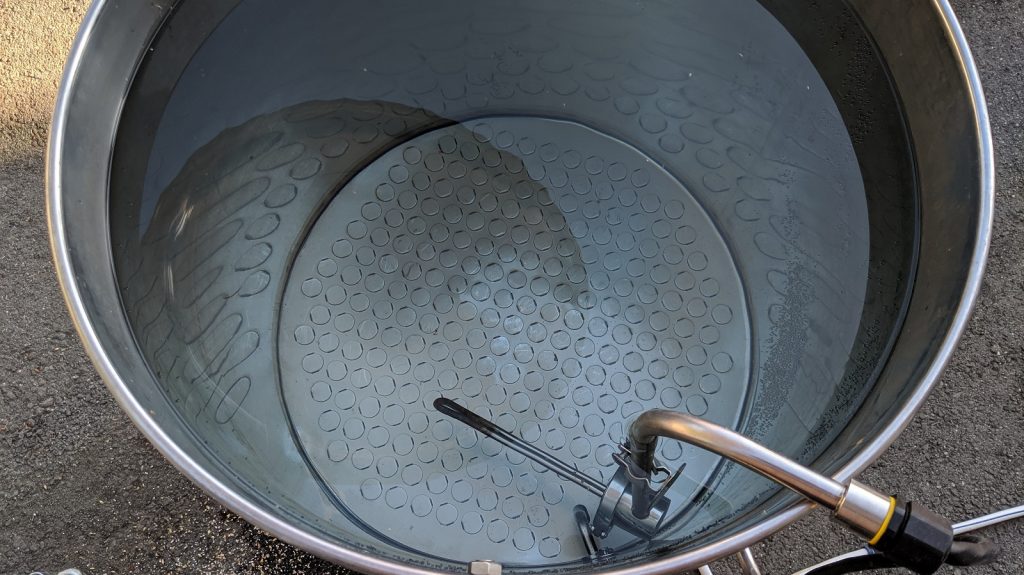
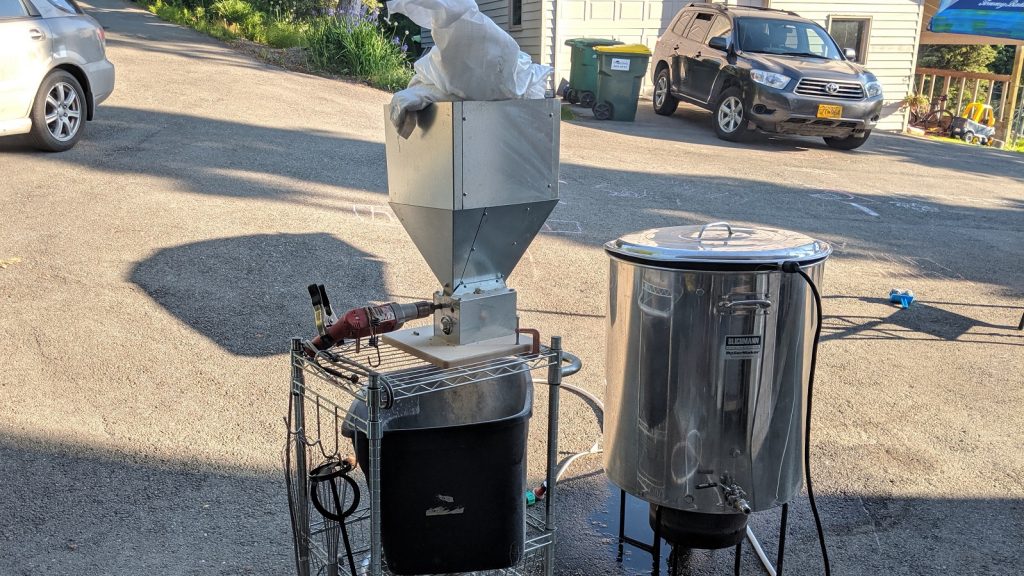
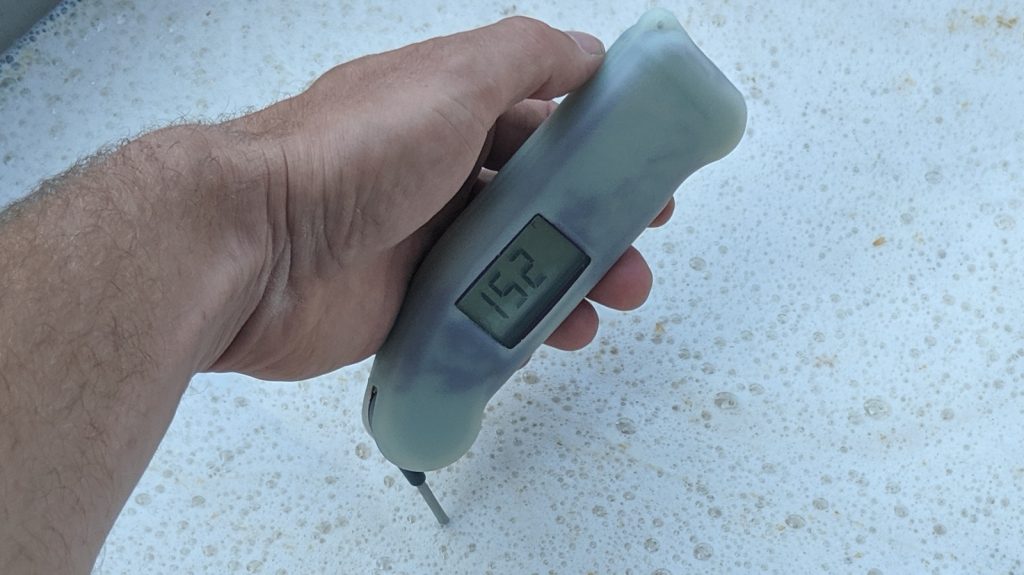
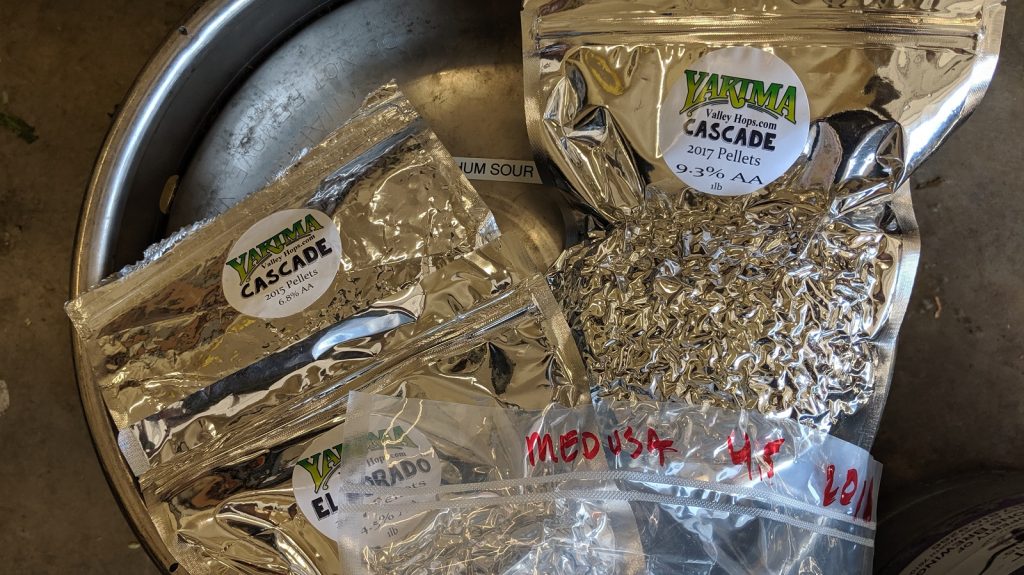
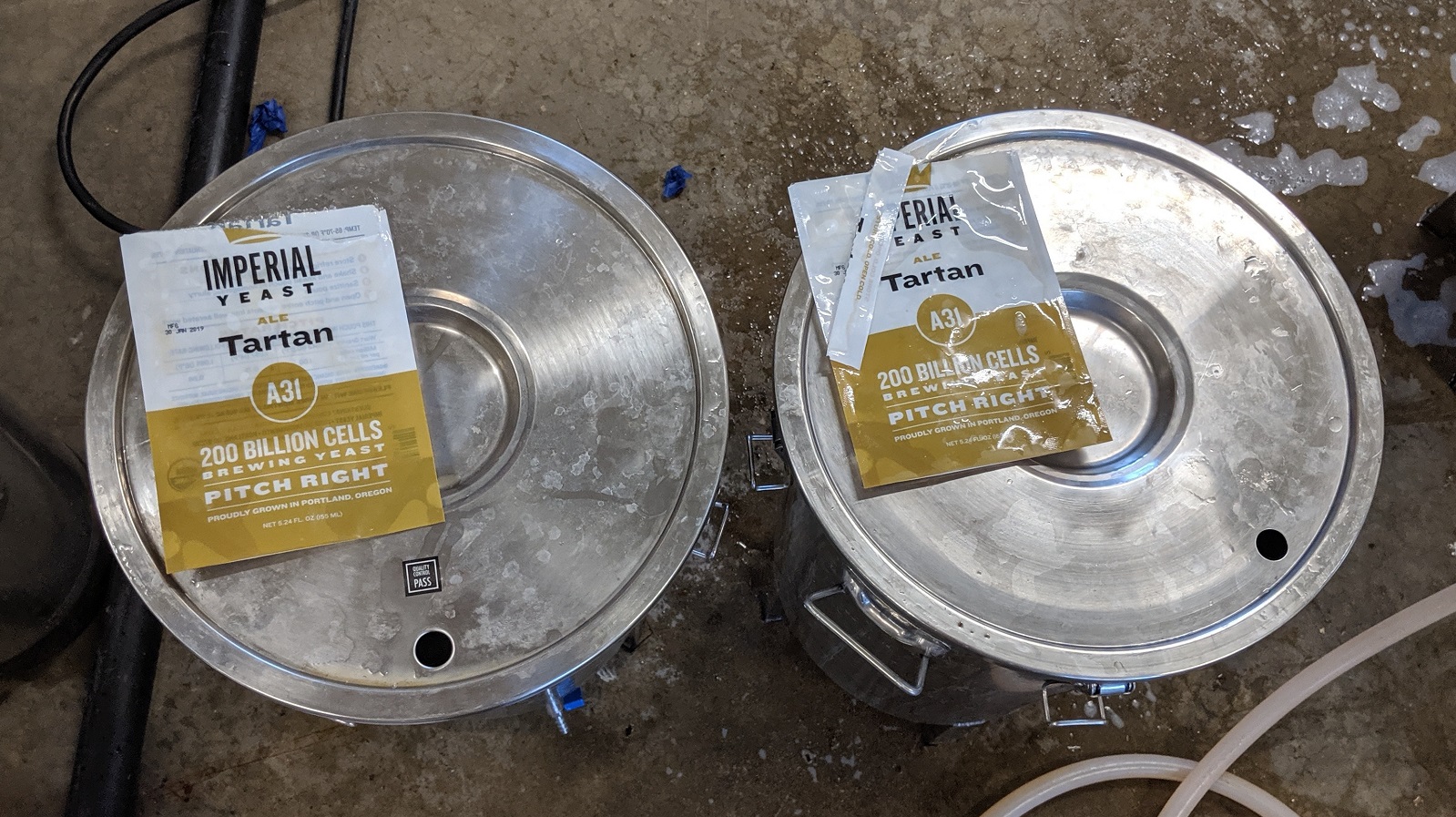
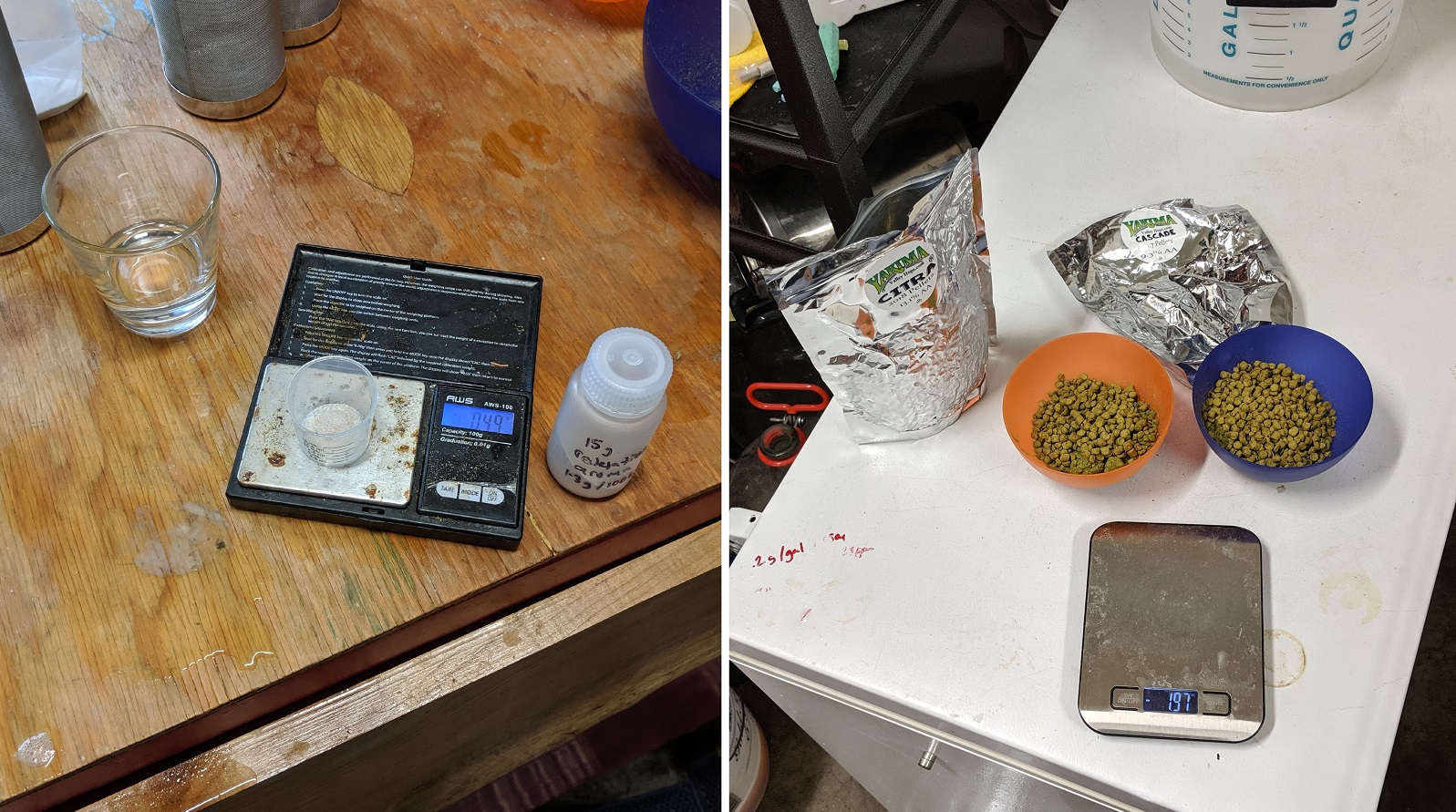
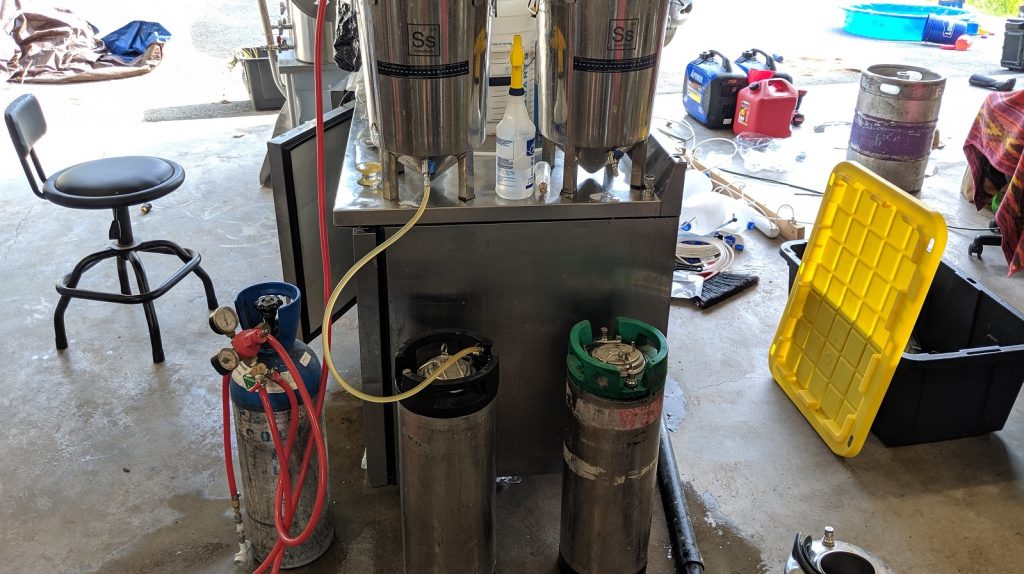










16 thoughts on “exBEERiment | Impact Rapidase Revelation Aroma Used At Dry Hop Has On American IPA”
Another point to consider is maybe the beer was already saturated with hop aroma with the kettle additions and dry hop. It would probably be worth repeating this xbmt with a style with less hops added, maybe a blonde ale? Either way, very interesting article. Also, I highly recommend Scott Janish’s book to anyone interested in hops at all. Fantastic information throughout!
#brulosophybingo
Maybe you should try a recipe with less kettle additions and more dry hop, to see de difference. If the objective, as you say in the beginning is to get more aroma with less hops.
Agree with Will. Would be better to compare a recipe using less hops. May have been well beyond hop saturation point.
I see your point, although I think the value of these experiments as much as anything is to establish a series of comparison points. So maybe the way to phrase it is rather than A>B, it should be A, B, C… > B.
I think it is still useful for a serious hop fan to know that RRA isn’t banging at this level of hopping — that’s a path they may want to skip from now on. Would definitely be interested in seeing a very different take now, such as a basic English Pale Ale with a relatively small dose of dry hops as a comparison.
I’d be interested in seeing how this affects late kettle/whirlpool additions more than dry hops. One thing I’ve heard over the years is that hop aroma compounds form glycosides when heated. My thought is that this product could potentially free up aroma compounds that are “locked up” into glycosides in the boil or at hot whirlpool temperatures.
Thanks for another interesting xBmt!
Wouldn’t the enzyme be destroyed at hot whirlpool temperature? I think you have to add it at cooler temperature or it will be denatured.
Right. Since it looks like sugar makes the enzyme less effective, you’d add the enzyme at the end of fermentation, to potentially cleave the aroma compounds from the glycosides that formed during the boil/whirlpool.
I’m confused by the speculation that a smaller amount of the enzyme might have worked better. What is the basis for this supposition? I always thought that a higher concentration of enzyme increases the rate of a reaction.
If I recall, these enzyme activities are associated with frequently sought after process of biotransformation by yeast, correct? In that case, it is possible that the beers both underwent biotransformation to it’s end point, one via yeast activity and one via yeast and/exogenous enzyme. In this scenario, one might predict no discernable difference between the beers. It would be interesting to repeat this experiment, but filter out yeast prior to dry hopping, the dry hop +/- rapidase to see if there were any effect. Great stuff Brian, keep up the good work!
Hi Brian,
Thanks for running this experiment! It was something I was looking to do myself after reading The New IPA.
I have a couple questions/comments:
1. What was the logic behind your hop variety selection? In The New IPA, Janish states that Amarillo, Bravo, Chinook and Mosaic have the highest glycosidically-bound geraniol potential. I would think Rapid Revelation Aroma would be best suited for those hops.
2. Are you going to run a similar experiment with Rapidase EXPRESSION Aroma and/or VIN 7 wine yeast (also mentioned by Janish in The New IPA) to see if those create a perceptible difference?
3. In his BYO NEIPA Recipe, Janish recommends adding Rapidase Revelation Aroma 24 hours after yeast pitch. As you mentioned, perhaps adding earlier in the fermentation process would make a perceptible difference…or maybe not.
Thanks again for tackling this!
I wonder if a hop tea | hop + enzyme “mash” approach would be more effective. Green beer potentially has a lot of enzyme inhibitors.
I seem to recall that enzymes typically can work in both forward and reverse directions, depending on conditions. Highly hopped beer would tend to suppress the forward direction.
Those IPA’s look amazing
Nice to see a bright and clear IPA!!!!
While your hop selections sound amazing, the water chemistry does not make sense for a west coast IPA. High chlorides to sulfates is typical of NEIPA. can you comment?
I’ve used WLP644 in the past to produce distinguishable difference in the same exact wort with the same hops. I would make 100bbls of a beer and conduct a side fermentation of the exact same wort with WLP644, using Centennial and Zythos predominately, with WLP001 it came out as the normal brand identity, but with WLP644 I ended up with what tasted like an entirely different beer. I could still taste the underlying original character but it had layers of tropical and berry fruit flavors on top. I believe WLP644 to act as a yeast I read about in an research article from Belgium concerning glucosidase production in brewing yeasts, with the one they profiled in the article being very high production. I’d have to check an old external hard drive to see if I still have the article saved from when I had access as a biotech student in college. I remember the paper subject, but can’t recall the title or authors of the paper.
Look like you didnt use the same brand as Scott Janish suggest cause the beta-lyase was “Rapidase Expression” and not “Revelation”, result might be totally different.